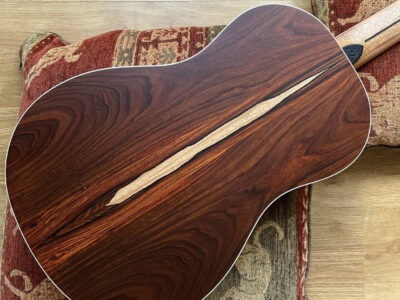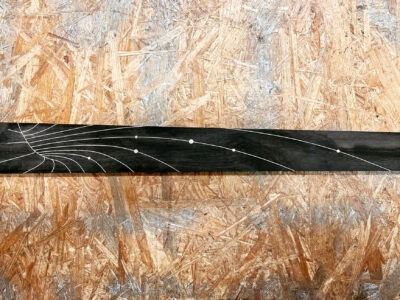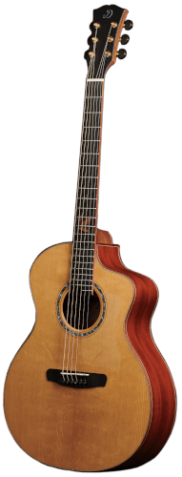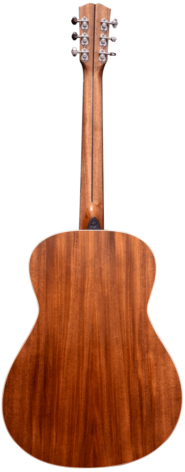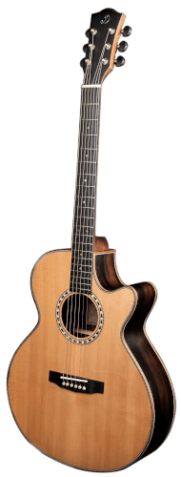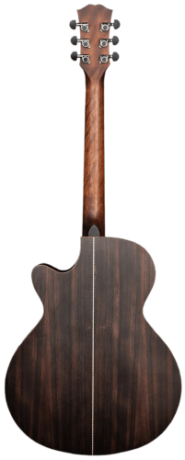Care & Maintenance
1.TEMPERATURE & HUMIDITY
The most risky factors for an all solid or solid top instruments are the change in temperature and humidity, which can cause deformation or even cracking of the sounding boards or body, pay special attention to the instrument during the heating period. Avoid exposure to radiant heat. Do not expose the instrument to direct sunlight (e.g. on the seat or behind a car window), even in the case. Do not expose the instrument to freezing temperatures, even in the hardcase. Unless otherwise possible, choose the gentlest form of transport and allow the instrument to acclimatize slowly first.
It is essential to store the instrument in a room with a minimum humidity of 40%, the optimum relative humidity interface is 45-50%. If necessary, equip your instrument with a humidifier.
If an all-solid instrument is exposed to lower humidity than recommend, you can notice buzzing strings, less comfortable playing, and sharp frets. Don’t panic. ( As Hitchhiker’s Guide to the Galaxy suggests as well). Try to humidify your guitar first. There are plenty of guitar humidifiers on the market and sometimes even a dump cloth in the room works pretty well.
If the guitar is stored in higher humidity than suggested – more than 55% – you can notice high action and buzzing on 14 – 18th fret. You need to dry your guitar gently. That means keeping it in a room with ideal humidity for few days and checking it again after some time.
Please, note, that an evident exposure to high or low temperature and humidity is not covered by warranty.
2.CLEANING, STRINGS CHANGING
We highly recommend to use special products or very gentle products based on natural substances to clean the instrument. Strictly avoid products on an acetone base as it could cause a damage of the varnish. We recommend changing strings after about 30 hours of clean playing, never use oxidised or dirty strings – this increases the wear on the frets and fingerboard.
Only “nylon” strings can be fitted to a classical guitar that has been fitted with “nylon” strings from Dowina.
Damage to the instrument resulting from failure to follow these instructions is not covered by the warranty.
3.NECK ADJUSTMENT (TRUSS ROD)
The instruments have an optimum actin of 2,5 – 2,8mm on 12th fret from our setup department. If the neck needs to be readjusted after changing the strings, use the supplied wrench (applies to instruments that have a manually adjustable neck) and turn the trussrod left or right to adjust the as required, the strings must be tight when doing so. Please note that the ideal action is individual to each player and depends on a number of factors, the most important of which are the style and technique of right-hand playing, the strength of the stroke, the thickness of the strings used and others, therefore the manufacturer accepts no responsibility for meeting the individual requirements of this type and the amount of matchmaking is not covered by the warranty scheme.
Only the functionality of the truss rod itslef is covered by the warranty. Do not use brute force when handling the tool in any way.
